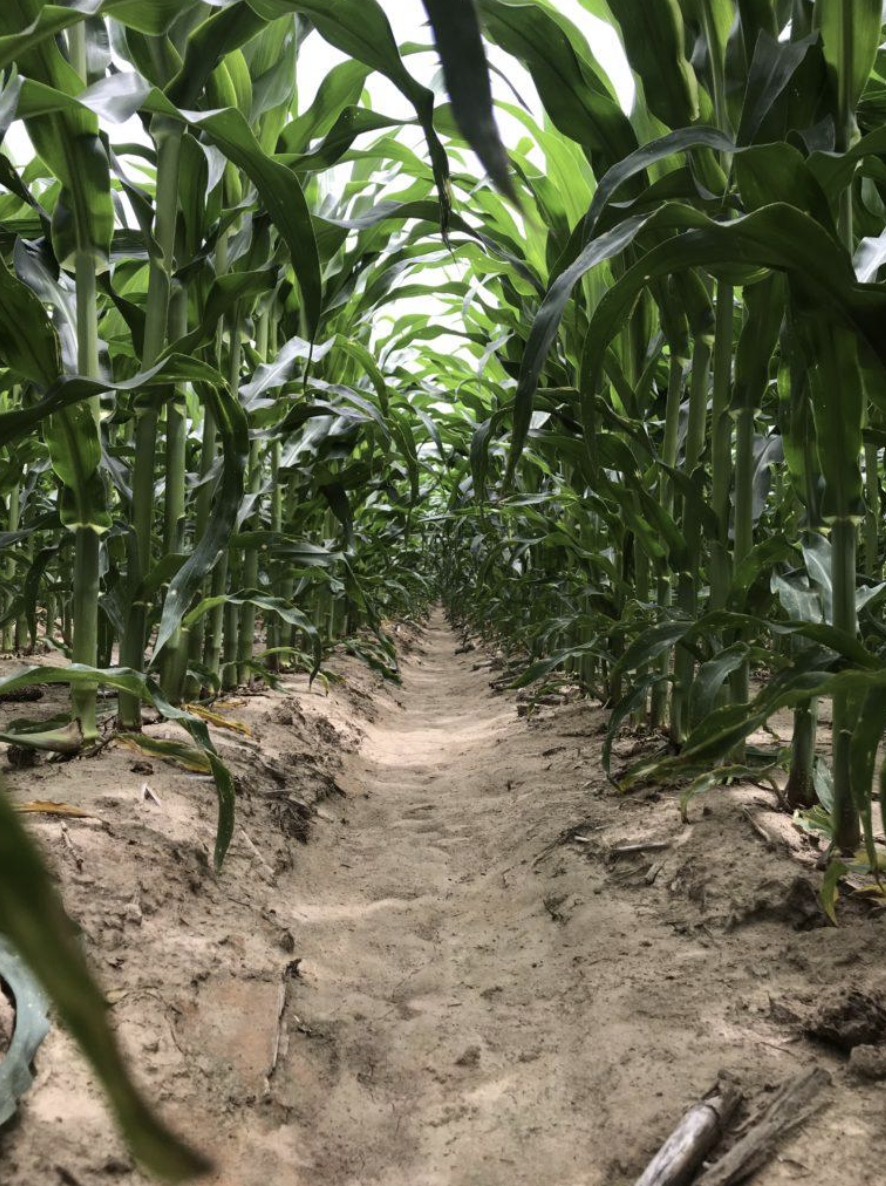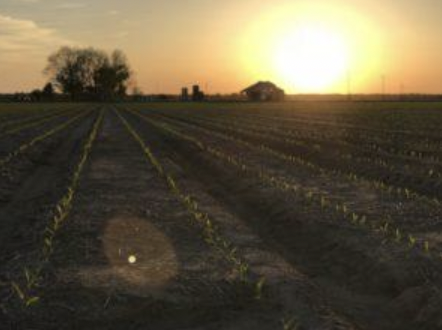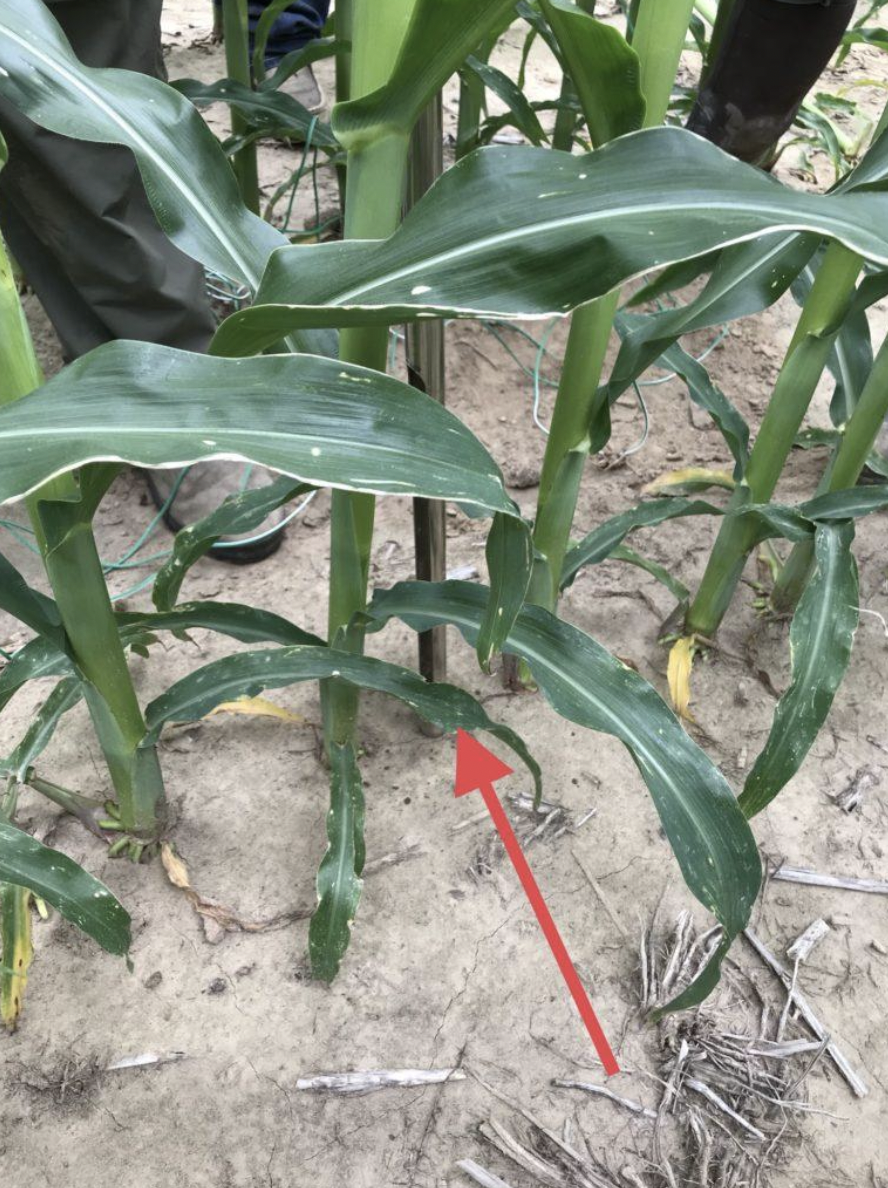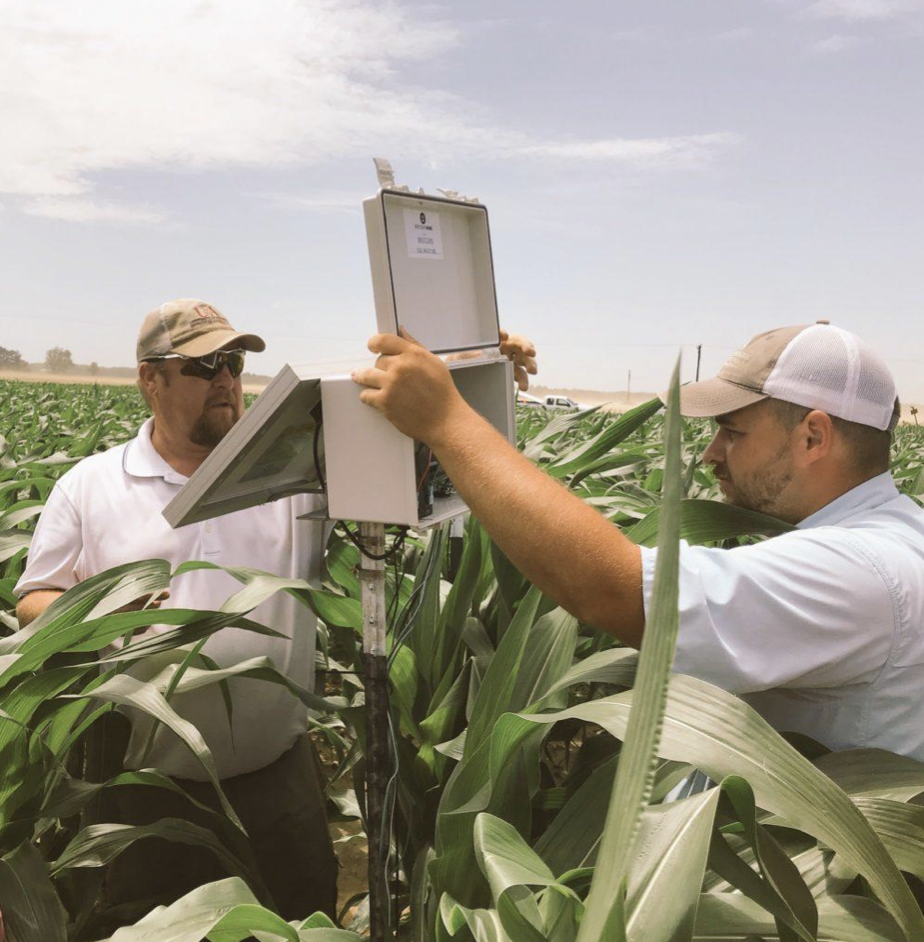Corn Growing & Soil Moisture Sensors
It is a gorgeous Sunday morning here in Arkansas! We have had a very hot and humid week and a storm blew through last night with cooler temperatures and a nice north wind blowing. Not great for getting herbicide treatments out that are falling farther and farther behind due to wet weather and wind but feels nice! I have enjoyed a cup of coffee on the porch with my morning devotional.
Crazy enough this is my time of year to work on projects at our house. I am the busiest in fall during harvest and the winter as we have year-end financials and planning for the next crop. Since my days of scouting the fields are just a line on my résumé it frees me up to take care of some of the things we need around the house. So I have worked with a landscaper to help our very overgrown bushes. As farmers we don’t “do flowers and shrubs” so it was a mess! Now on to the upstairs bath that needs a facelift. We had spent the minimal on it years ago when Dylan moved to his room up there. The old cast iron tub is in need of refinishing and we will lay some tile instead of the cheap tub surround we have now. Thankfully, I have a sweet friend who is helping subcontract the work! Next week I will travel to Ohio to meet with my agri women’s peer group! It is a great way for us to learn and improve our farms. More on that next week!
For today I want to show you a little about our corn crop and how much it has grown in the last few weeks. You may remember the photo below in the sunset taken on April 30. This is one of my favorite pictures this season. I am so glad I have it because the owner of that old cotton gin has torn it down. It has been there my entire life and such an iconic building but I understand it hasn’t been used in many decades and things change.
April 30, 2018
The following pictures are of the same field on May 24 and then June 1.
May 24, 2018
June 1, 2018
You can see how much taller the corn is just a week later. It won’t be long until the tassel is coming out the top of the plant. This is a very important time for corn development. It is needs plenty of moisture and no stress to make the best ear of corn it can make. To better test irrigation needs we installed a soil moisture sensor last week. We had one in a field last year and it was amazing to see how often we needed to irrigate. In Arkansas, we cannot make a corn crop without irrigation. Proper timing of that irrigation is crucial.
We have been working with our county extension agent, Matthew Davis and Mike Hamilton who is an irrigation instructor with the University of Arkansas Division of Agriculture Cooperative Extension Service. With their help we have learned about the details of our irrigation. Of course we have irrigated for decades but we are trying to refine our efforts. Water savings is a very important part of our farm’s culture and sustainability so we want to be able to irrigate while being as efficient with our water use as possible. We are fortunate that our farm is in an area where there is a good supply of ground water. However, we have gone to great lengths to try to recycle water for irrigation. It is our hope that the generations that farm in our family’s future still have available water for irrigation.
Last week we installed a soil moisture sensor that is connected to a battery powered by a solar panel to be able to send a cell signal for information to be seen online at any time. The actual sensors are not too expensive but adding the convenience of the internet adds quite a bit of cost. But man is it nice to be able to pull up the information on my phone and monitor conditions! We would not have the units in every field but several spread out in different locations and crops would be so nice. There are different technologies of sensors. The ones we have at this site are Watermark. I will be installing several this week that will need manual monitoring and charting. These should help give us an idea of the proper irrigation timing but we won’t be able to check it from our phones. This is what you do when you don’t have the money in the budget!!
To install you use a slide hammer to make a hole for the sensor to go down into the soil. We installed 4; 1 each at 6″, 12″, 18″ and 30″ deep in the soil directly in the row of corn plants being careful not to disturb any plants or any more soil than necessary.
Slide hammer at work
After the hole is made to the correct depth for that sensor, then the pipe with the sensor installed onto the bottom is inserted into the hole.
Installing sensor
The red gasket or ring you see around the PVC pipe is placed at the depth we want to insert the pipe as a guide. It remains in place to help seal the soil so rain and irrigation water does not just seep to the sensor and cause incorrect readings.
Wiring sensors
Each sensor is wired to the monitor to read and be able to send information over the cellular data system. Below you can see 3 of the 4 sensors installed in the row.
Soil moisture sensors in the row.
The graph below shows each sensor on a bar graph. You can see the 6″ depth sensor was approaching our “need to irrigate” red line and then it rained last night. The graph for the 6″ sensor goes back down so we have a few days until this field will need irrigation. You can see just how fast the soil was drying out before the rain. Isn’t this just the coolest thing? I do get excited about weird stuff for a girl!! Hopefully the weather will allow just enough time for our next nitrogen application and then we will irrigate.
Soil Moisture Graph
Thanks to Mike Hamilton (left) and Matthew Davis (right) for all their patience and instruction. I am sure I will be asking tons of questions as we go throughout the season. Please leave your questions in the comments and I can have them answer because I am certainly not the expert when it comes to the sensors!
Mike Hamilton and Matthew Davis
-Jennifer









